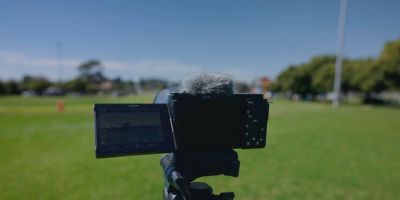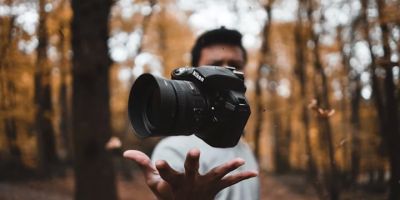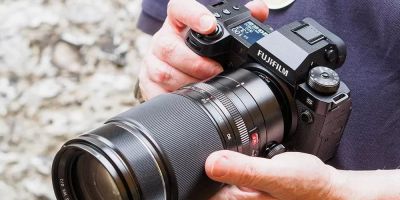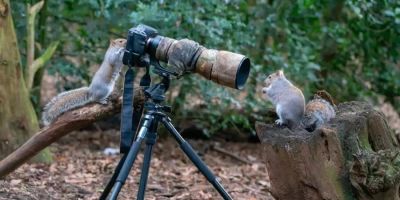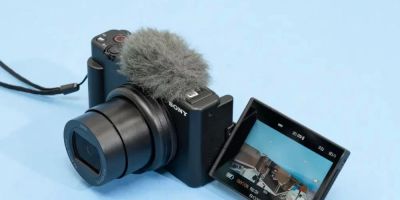- 1-understanding-low-light-conditions
- 2-key-camera-settings-for-low-light
- 3-techniques-to-improve-low-light-shots
- 4-equipment-recommendations-and-accessories
- 5-real-world-examples-and-practical-advice
- 6-where-to-find-the-best-photography-resources
1. Understanding Low Light Conditions
Photographing in low light conditions presents a unique set of challenges that require a solid understanding of how light influences photography. Low light is typically characterized by environments where natural or artificial light is minimal, such as during dusk, indoors, or at night. The key obstacle is that less light reaches the camera sensor, often resulting in blurry, noisy, or underexposed images if not handled properly.
To succeed, it’s essential to grasp how exposure works — balancing aperture, shutter speed, and ISO. Aperture controls how much light enters the lens, shutter speed dictates how long the sensor is exposed, and ISO amplifies the sensor’s sensitivity. Each setting interacts differently under low light, and understanding these relationships is fundamental to mastering this photography genre.
For beginners, it’s often surprising how much preparation and technique influence results. But with patience and practice, capturing compelling images in challenging lighting becomes a rewarding skill.
1.1 Why Low Light Photography is Challenging
In low light, slow shutter speeds are necessary to gather enough light, but this can cause motion blur if the camera or subject moves. Increasing ISO helps but introduces noise, reducing image quality. Additionally, autofocus systems often struggle to lock focus in dim environments, requiring manual focus techniques.
1.2 Psychological Impact and Creativity
Interestingly, low light photography often evokes moods like mystery or intimacy, making it a popular choice for artistic expression. Photographers can leverage these conditions creatively, using shadows and contrast to add depth and storytelling to images.
2. Key Camera Settings for Low Light
Mastering your camera settings is crucial when photographing in low light conditions. The balance between aperture, shutter speed, and ISO must be carefully managed to optimize image quality.
2.1 Aperture: Letting in More Light
Using a wide aperture (low f-number such as f/1.8 or f/2.8) allows more light to hit the sensor, which is ideal for low light shooting. Fast prime lenses are often recommended because they can open wider than zoom lenses, capturing more light and enabling shallower depth of field for creative effects.
2.2 Shutter Speed: Avoiding Blur
While longer exposures gather more light, they can cause motion blur if the camera isn’t steady or the subject moves. The general rule of thumb is to keep the shutter speed faster than the reciprocal of the focal length (for example, 1/50 sec for a 50mm lens). Tripods can help stabilize the camera for slower shutter speeds.
2.3 ISO: Sensitivity and Noise
Raising ISO makes your sensor more sensitive to light, enabling faster shutter speeds. However, higher ISO settings introduce noise or grain, which can degrade image quality. Modern cameras handle high ISO much better, but finding the sweet spot depends on your specific camera and shooting conditions.
3. Techniques to Improve Low Light Shots
Beyond settings, there are practical techniques photographers use to improve low light images:
3.1 Using a Tripod and Remote Shutter Release
Tripods stabilize the camera, allowing for slower shutter speeds without blur. Pairing a tripod with a remote shutter release or timer prevents shaking caused by pressing the shutter button.
3.2 Leveraging Available Light
Look for ambient light sources like street lamps, candles, or window light to create interesting compositions and avoid over-relying on artificial flash.
3.3 Manual Focus and Exposure Bracketing
In tricky low light situations, autofocus might fail. Switching to manual focus allows you to fine-tune sharpness. Exposure bracketing, taking multiple shots at different exposures, helps capture the best image to edit later.
3.4 Post-Processing Enhancements
Editing software can reduce noise, adjust exposure, and enhance details. However, it’s best to capture the highest quality image possible in-camera, as post-processing can only do so much.
4. Equipment Recommendations and Accessories
Choosing the right gear can significantly impact your low light photography outcomes.
4.1 Fast Lenses
Prime lenses with wide maximum apertures (f/1.2 to f/2.8) are excellent for shooting in low light. For example, a 50mm f/1.8 lens is affordable and versatile.
4.2 Tripods and Stabilizers
Invest in a sturdy tripod with adjustable legs to handle uneven surfaces. For handheld shooting, image stabilization in lenses or cameras helps reduce blur.
4.3 External Lighting and Reflectors
Although natural and ambient light are preferred, portable LED panels or reflectors can assist in filling shadows or highlighting subjects subtly.
5. Real-World Examples and Practical Advice
Consider the iconic photojournalist Steve McCurry’s low light street shots, where ambient light and vibrant colors tell stories without flash. His approach often involves using fast lenses and embracing natural light creatively.
In a practical scenario, a wedding photographer shooting a dimly lit reception hall might use a 35mm f/1.4 lens, set ISO around 1600-3200, and slow shutter speeds with a steady tripod to capture the ambiance without flash, preserving the mood.
Similarly, a beginner photographer can experiment indoors by shooting near windows at dusk, practicing manual focus and adjusting ISO settings to see how image noise changes. These exercises build confidence and skill gradually.
5.1 Trust Your Instincts and Experiment
There’s no one-size-fits-all method; each scene calls for a tailored approach. Experimenting with your camera’s settings and analyzing results will help you develop a personal style that thrives even in low light.
6. Where to Find the Best Photography Resources
If you’re looking to enhance your low light photography skills further or need equipment recommendations, Photo Studio offers an excellent range of cameras, lenses, and professional advice tailored to your needs. Whether you’re a hobbyist or professional, you’ll find the best gear and support to help you succeed.
Exploring workshops, tutorials, and personalized consultations at Photo Studio can give you the hands-on experience and knowledge to tackle even the most challenging low light scenarios confidently.

